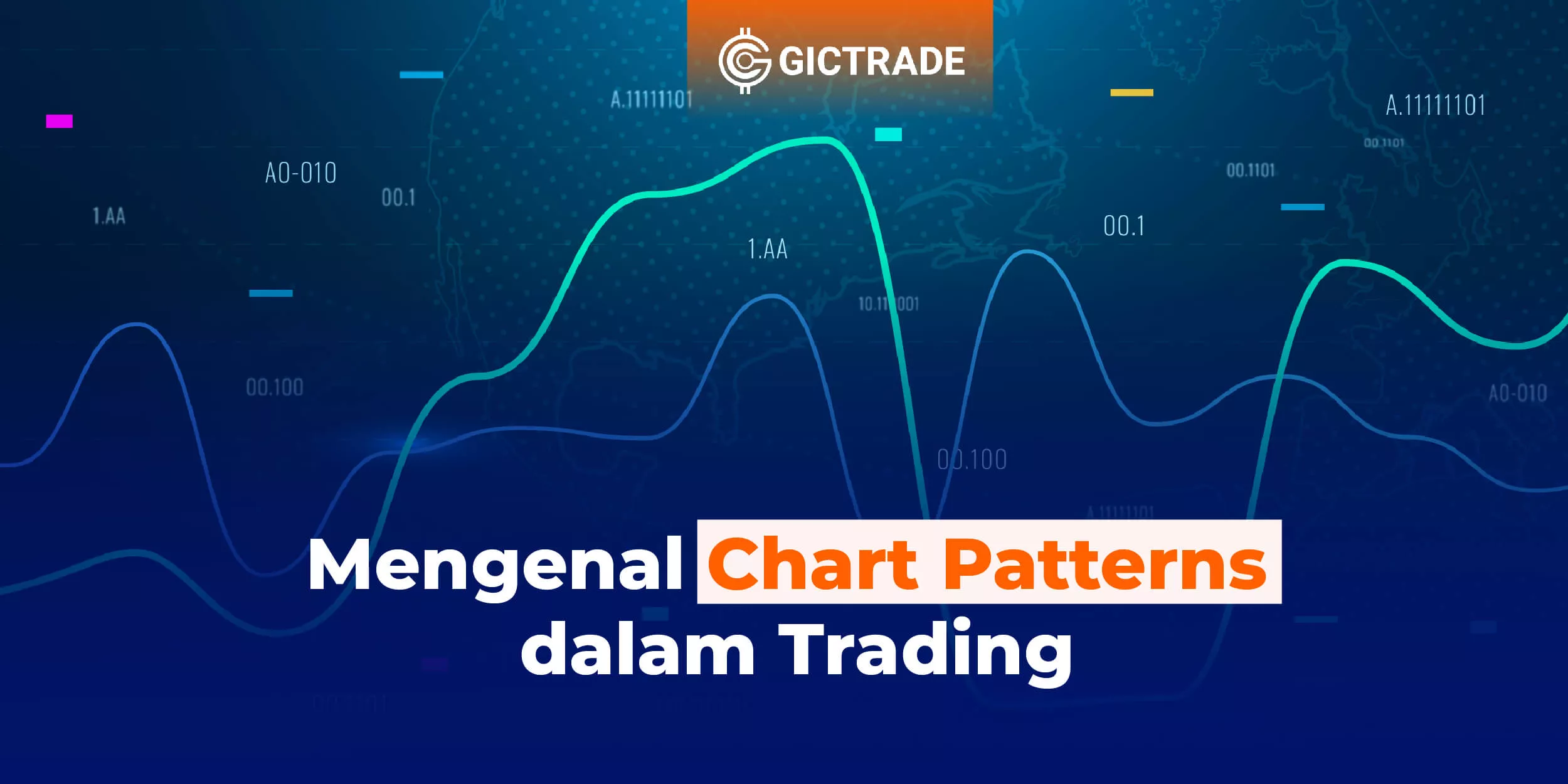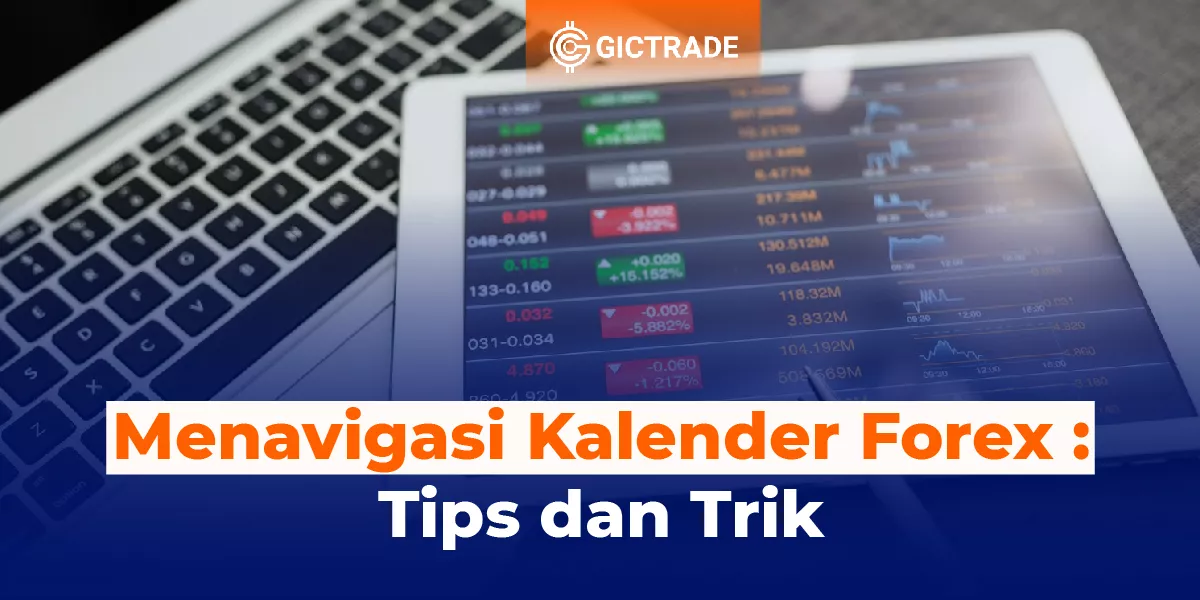Getting to Know Chart Patterns in Trading - In the world of trading, there are many methods and strategies that can be used to analyze price movements and make wise investment decisions. One of the techniques often used by traders is the recognition of chart patterns or chart patterns.
In this article, we will get to know chart patterns in trading, learn about the different types of patterns that are commonly used, and how to use them to make better trading decisions.
Table of Contents
What is Chart Patterns?
Before we delve into the different types of chart patterns, we need to understand what chart patterns are in general. Chart patterns are certain patterns formed on price charts, which indicate the potential for a change in direction or continuation of price trends in the market. These patterns often appear repeatedly and can provide valuable guidance for traders in making trading decisions. Chart patterns can be formed in various time frames, ranging from short time frames such as hourly charts to longer time frames such as weekly or even monthly charts. Traders typically use chart patterns along with other technical analysis tools, such as indicators or trend lines, to confirm trading signals.
.webp)
Types of Chart Patterns
1. Head and Shoulders Pattern
Head and Shoulders pattern is one of the most well-known chart patterns and is often identified by traders. This pattern usually appears at the top of an uptrend and indicates a potential price reversal into a downtrend. The pattern consists of three peaks, with the middle peak (head) being higher than the two side peaks (shoulders). A price reversal is predicted when the neckline connecting the two side peaks is broken downwards.
2. Double Top and Double Bottom Pattern
Double Top and Double Bottom pattern is a type of chart pattern that forms at the top of an uptrend (Double Top) or at the bottom of a downtrend (Double Bottom). The Double Top pattern consists of two peaks that are parallel and separated by a valley. A price reversal is predicted when the valley line is broken downwards. In contrast, the Double Bottom Pattern consists of two valleys that are parallel and separated by a peak. A price reversal is predicted when the peak line is broken upwards.
3. Triangle Pattern
A Triangle pattern is a type of chart pattern that is formed when price moves in a triangle pattern. This pattern can be in the form of an ascending triangle, a descending triangle, or a symmetrical triangle. Triangle patterns indicate market uncertainty and are often followed by significant price movements after the pattern's boundary line has been breached.
4. Cup and Handle Pattern
Cup and Handle Pattern is a type of chart pattern that consists of a cup pattern followed by a handle pattern. This pattern usually appears in the middle of an uptrend and indicates the potential for the continuation of the uptrend after the handle pattern has been formed. The Cup and Handle pattern is often considered a bullish pattern and can provide a signal to buy stocks or other assets.
Improve your earning management skills by starting trading on GIC! Not only trading, you can also learn about the world of stocks and forex trading if you are a beginner in the trading world. GIC provides learning services about forex for you to learn, you can go through educational videos through the GIC Youtube channel to learn about forex through GIC journals that you can see directly on the website. Start registering now so you can start trading with GICTrade.
FAQ
- What are chart patterns?
Chart patterns are certain patterns formed on price charts, which indicate a potential change in direction or continuation of price trends in the market.
- How can chart patterns help in trading?
Chart patterns can provide valuable clues for traders in making trading decisions, such as determining when to buy or sell an asset.
- How many types of chart patterns are commonly used?
There are many types of chart patterns used in trading, such as Head and Shoulders, Double Top and Double Bottom, Triangle, Cup and Handle, and many more.
- Are chart patterns always accurate in predicting price movements?
While chart patterns can provide useful clues, there is no guarantee that predictions based on chart patterns are always correct. Traders also need to use other analytical tools and consider the fundamental factors of the market.
- Do chart patterns apply to all trading instruments?
Yes, chart patterns can be applied to a variety of trading instruments, including stocks, currencies, commodities, and more.
- How do I learn to recognize and use chart patterns?
There are many books, online courses, and other learning resources that can help traders learn chart patterns. Hands-on practice using trading platforms is also an effective way to improve your understanding and skills in recognizing chart patterns.
Conclusion
Getting to know chart patterns in trading is an important step for traders to improve their technical analysis skills and make better trading decisions. In this article, we have studied several types of commonly used chart patterns, such as Head and Shoulders, Double Top and Double Bottom, Triangle, and Cup and Handle.
| Also Read : Trading Tips Using Technical Analysis, Check Here! |
 Last:
Last: 






